From July 1, 2025, Saigon ward - one of the central wards of Ho Chi Minh City - officially came into operation on the basis of merging the entire natural area and population of Ben Nghe ward and part of the natural area and population of Da Kao ward, Nguyen Thai Binh ward.
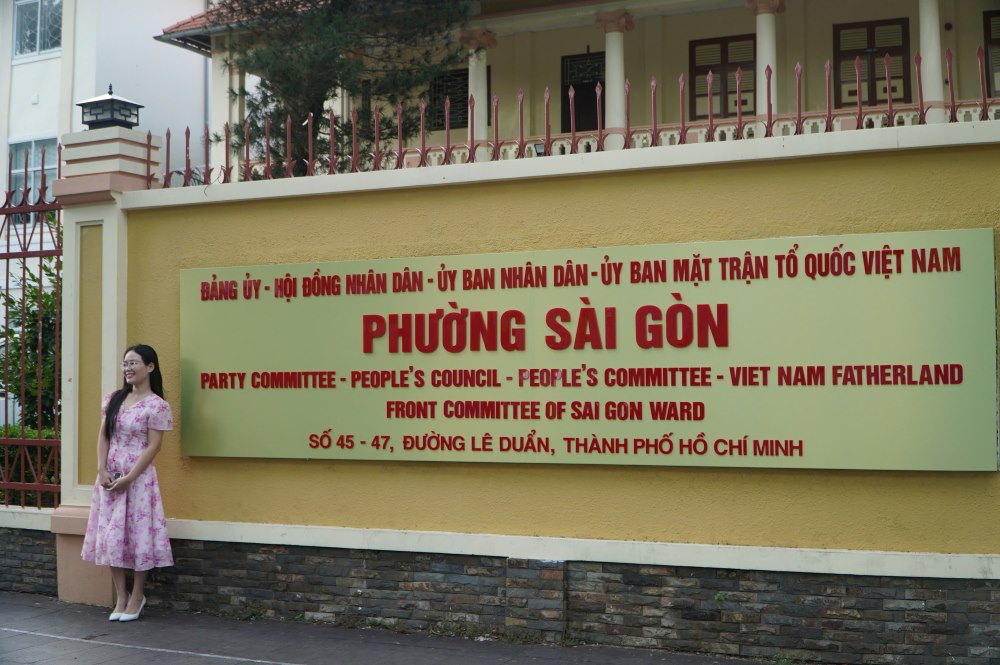
Urban space intersects between ancient and modern
Saigon Ward is located in the historical, political, economic and cultural center of District 1 (old) - where many iconic and heritage-value works are concentrated.
Typical examples include 6 city-level architectural and artistic relics, including: Headquarters of the People's Council - People's Committee of Ho Chi Minh City, headquarters of District 1 People's Committee (old), headquarters of the City Customs Department, Ho Chi Minh City Museum of History, Ho Chi Minh City Theater and Ho Chi Minh City Museum. These are all works that not only have aesthetic value but also mark the development of the oldest urban area in the country.
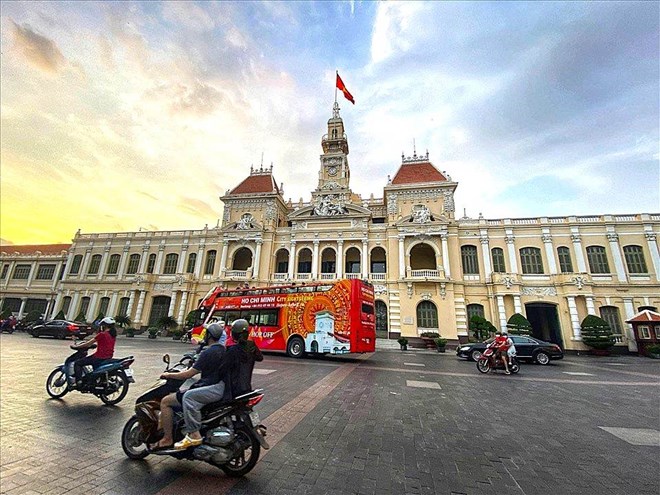
Saigon Ward also owns two national historical sites including: Ba Son Complex Enterprise Mechanical Workshop - where President Ton Duc Thang used to work, and the old US Embassy building (now the US Consulate building).
The locality also has many city-level architectural and artistic relics, such as: Hung Vuong Temple, Children's Hospital 2, Continental Hotel, Vo Truong Toan Secondary School, Trung Vuong High School and Tran Dai Nghia High School for the Gifted.
Geographically, Saigon ward has a special location when more than 3/4 of its perimeter is surrounded by canals and rivers: the North borders Thi Nghe canal, the South borders Tau Hu canal.
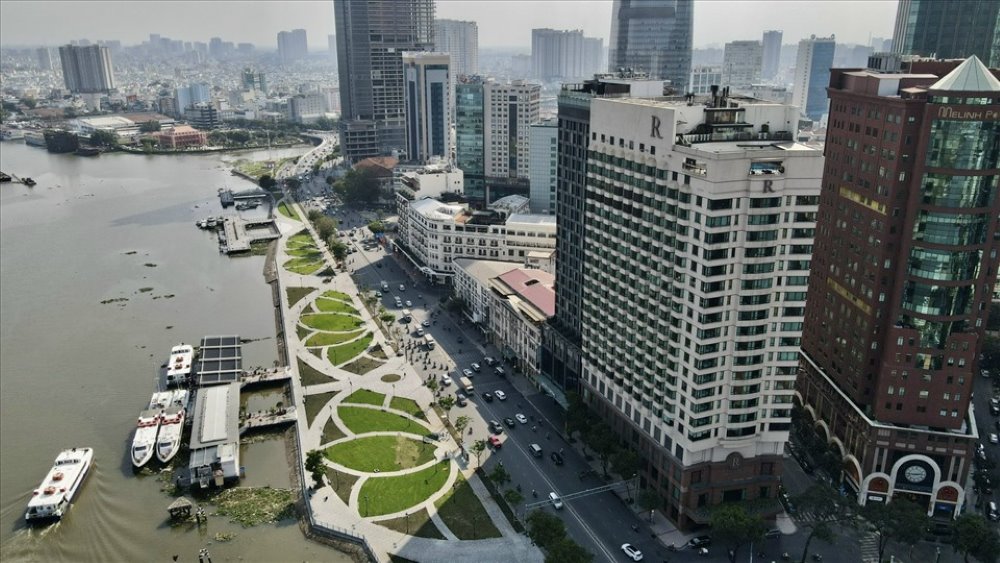
In the East, Ben Bach Dang and the Saigon River play the role of "waterford" of the ward, not only contributing to shaping the landscape space, but also opening up the potential for the development of economic activities and river tourism in the future.
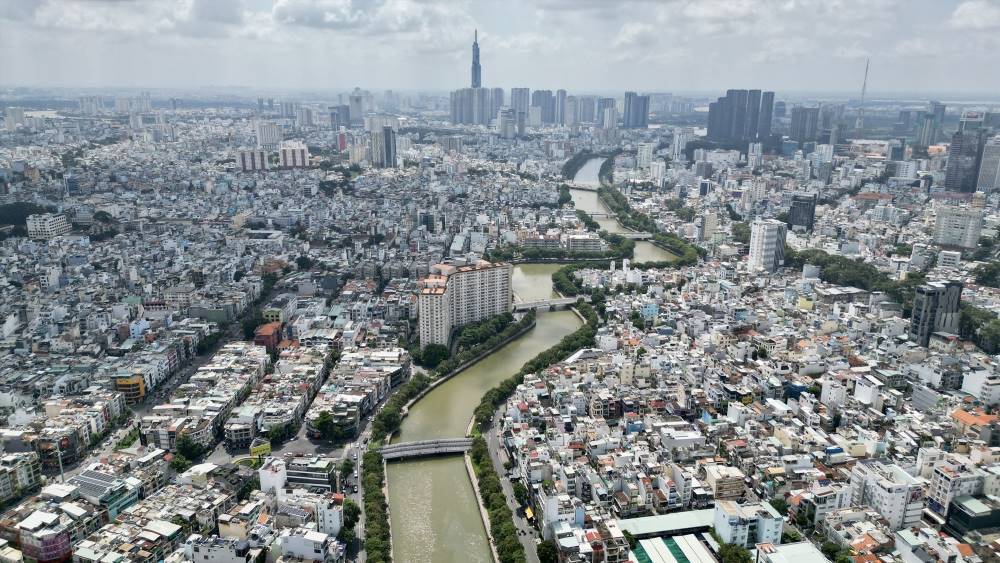
Inside the ward, a series of important commercial and service routes of Ho Chi Minh City such as Nguyen Hue, Dong Khoi, Le Loi, Le Duan, Hai Ba Trung, Ham Nghi... converge here.
Adjacent to these streets are a series of symbolic works associated with the urban appearance of Ho Chi Minh City such as the City Theater, Central Post Office, Notre Dame Cathedral, creating an architectural complex with a strong historical - cultural imprint.
Saigon Ward - the economic, financial and service center of the inner city
Having lived in the central area of Ho Chi Minh City for decades, Mr. Dang Dinh (Saigon ward) expressed his confidence in the current 2-level government apparatus, and at the same time hoped that the locality would develop further in the future, worthy of the first name "super urban" in the country.
"Regarding the name of Saigon ward, this is also the wish of many people in the city when a cultural - historical name returns to the administrative map with a new mission. I also hope everything will become better," said Mr. Dinh.
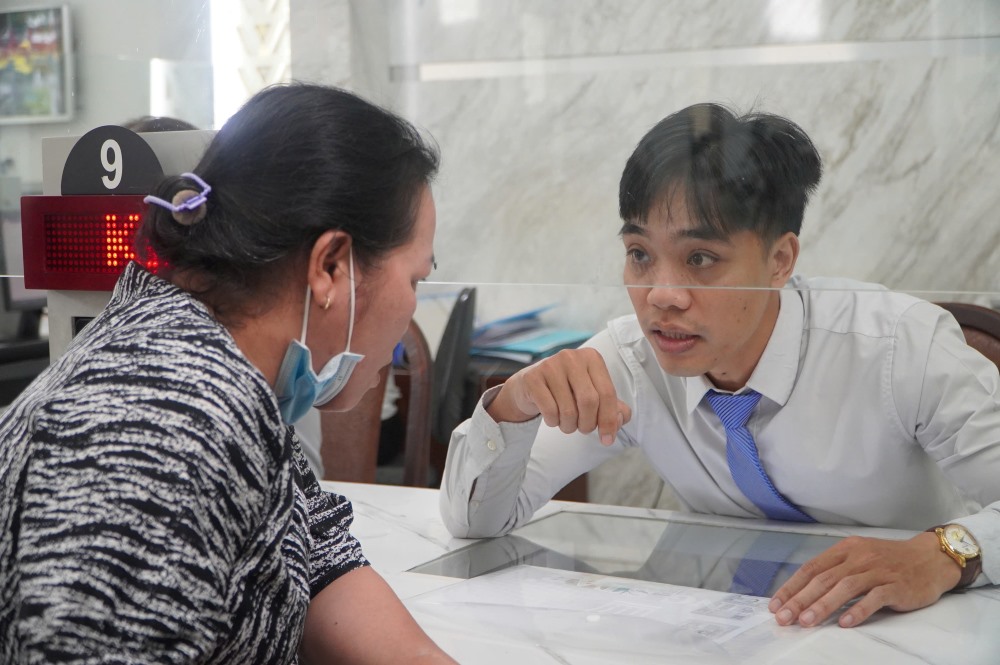
People's expectations are also the goal that the Saigon ward government is aiming for in this transformation period. The representative of the local leadership said that the ward is gradually building an effective operating apparatus, in line with the new position and long-term development vision.
Mr. Tran Cong Hau - Vice Chairman of the People's Committee of Saigon Ward said that Ho Chi Minh City's expansion of development space when merging with Binh Duong and Ba Ria - Vung Tau will create a large space for the city to break through. From a local perspective, Saigon ward clearly identifies its role as the economic, financial and service center of the inner city.
"We will focus on building an effective government apparatus, improving the living environment, creating the most favorable conditions for people to live, work and develop sustainably here," Mr. Hau emphasized.











